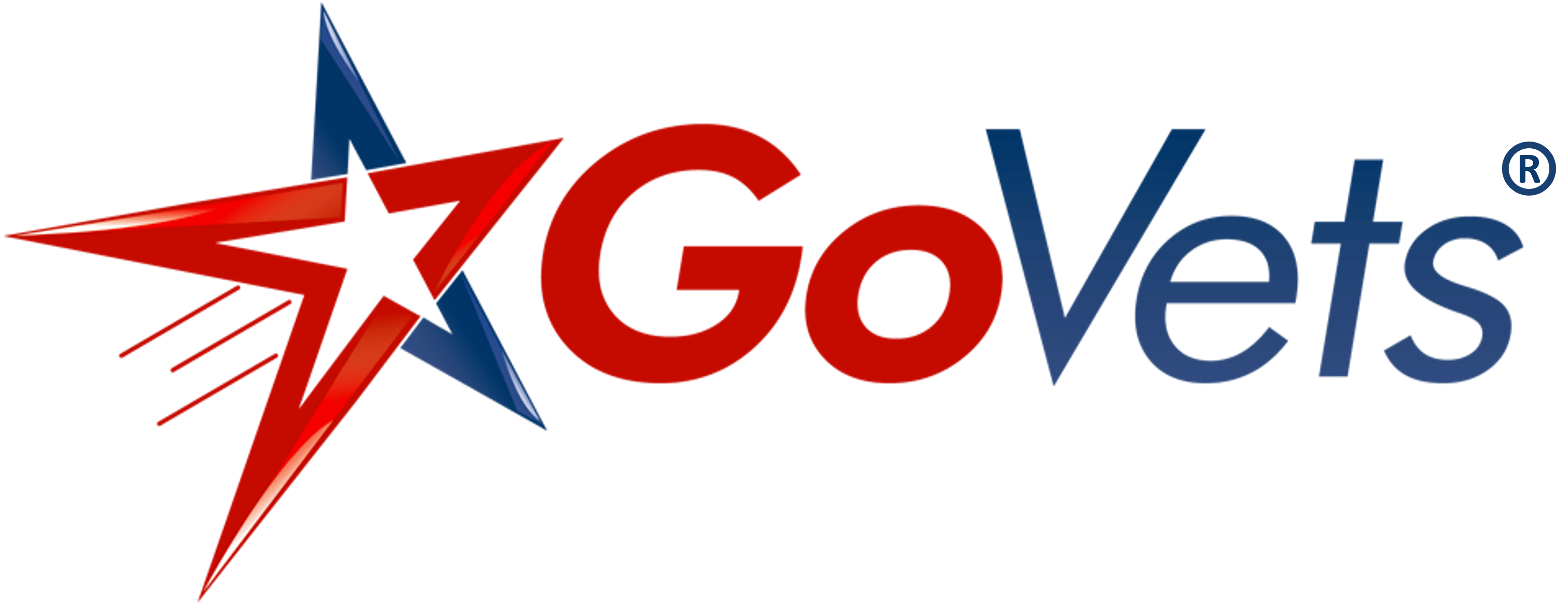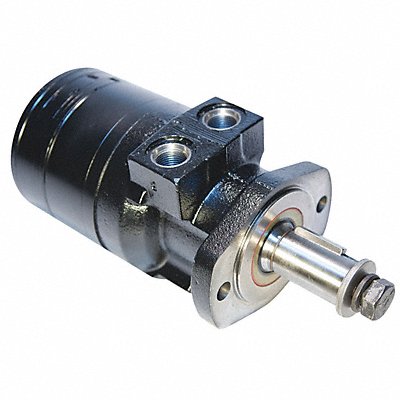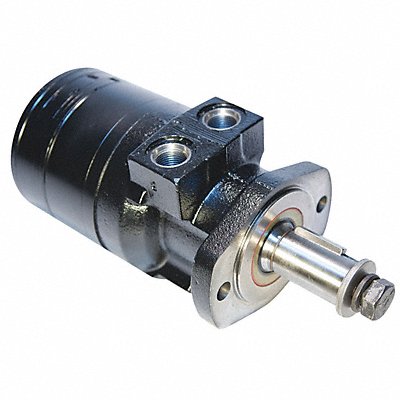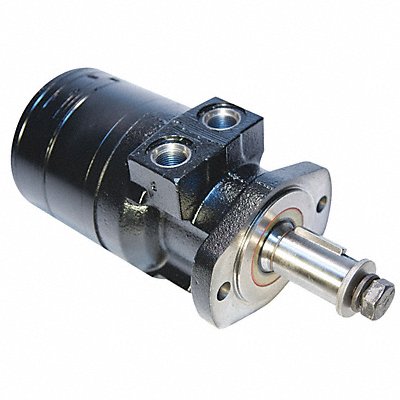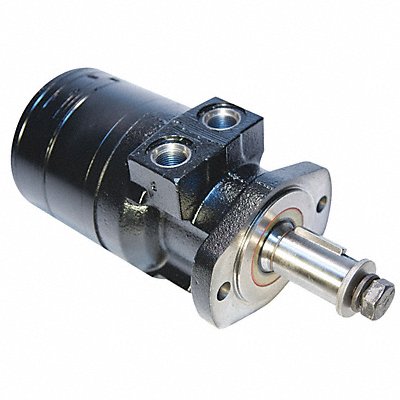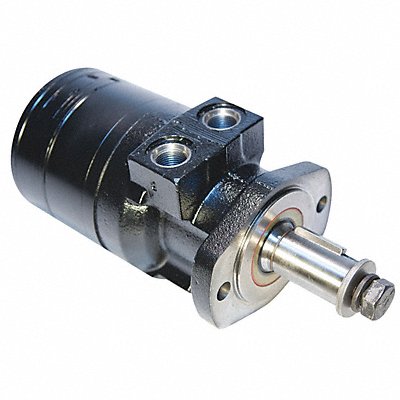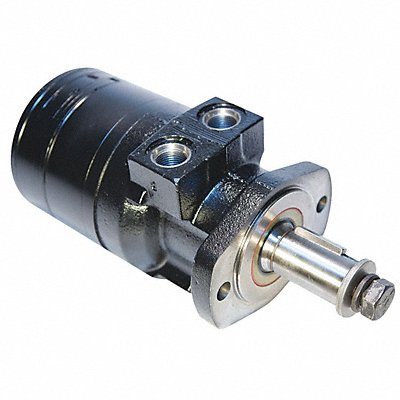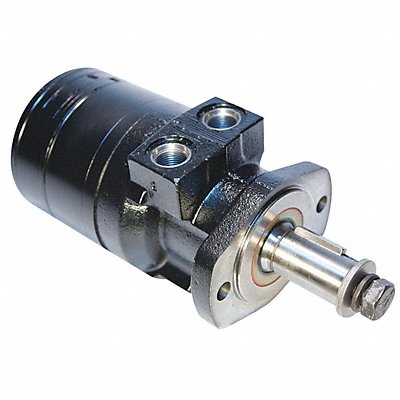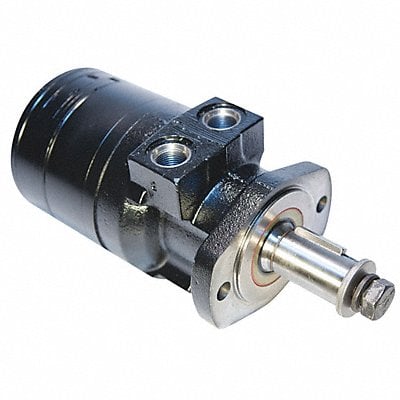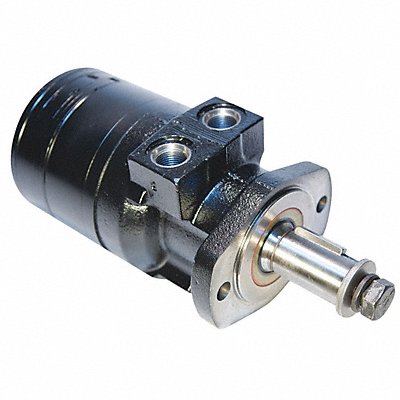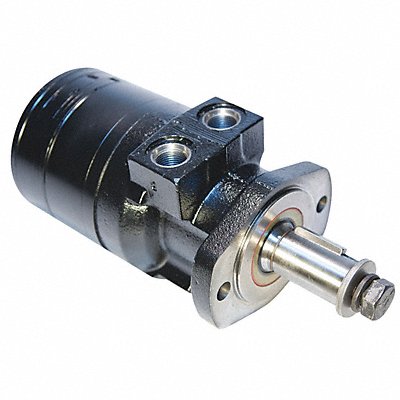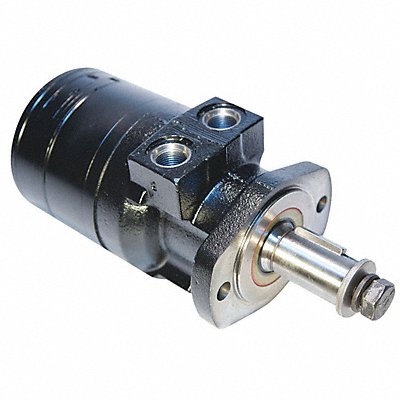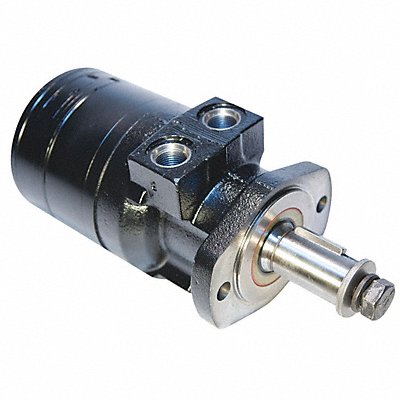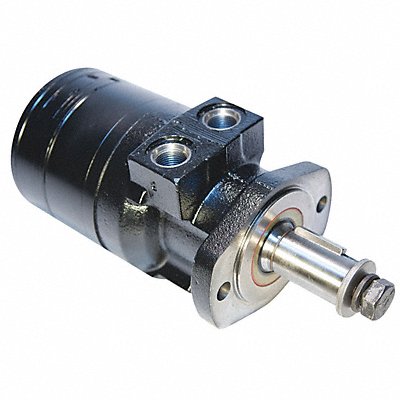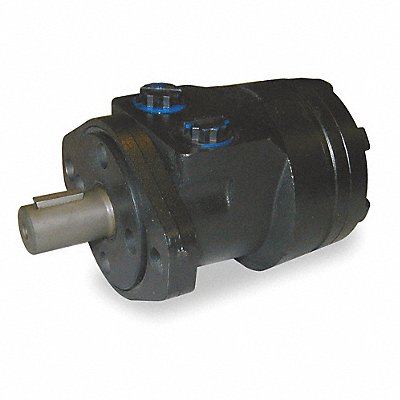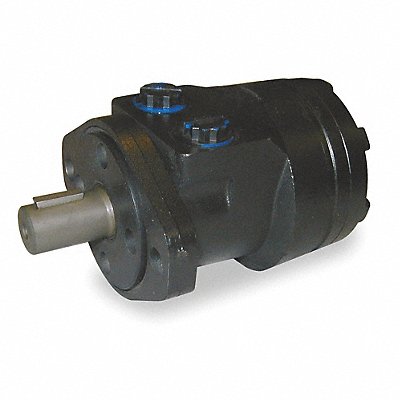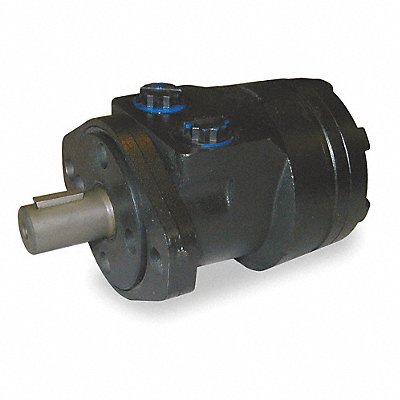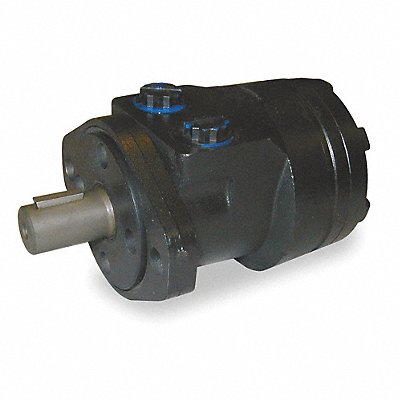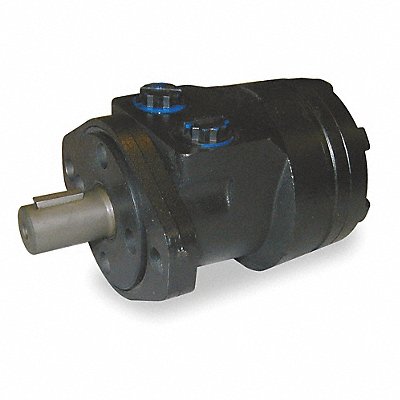Hydraulic Motors: Functionality, Applications, and Replacement Insights
Introduction
Learn about the realm of Hydraulic Motors to discover their operational intricacies, wide-ranging applications, and replacement considerations. This comprehensive guide delves into the top 10 characteristics that define these motors, their diverse applications, projected lifespan, and key signs indicating the need for replacement.
Top 10 Characteristics of Hydraulic Motors:
Hydraulic Motors showcase a unique set of features that contribute to their performance:
1. Fluid-Powered Operation
Operate using pressurized hydraulic fluid to generate mechanical energy.
2. High Torque Output
Deliver substantial torque for heavy-duty applications and tasks.
3. Variable Speed Control
Offer adjustable speed settings to suit various operational needs.
4. Compact Design
Compact form factor facilitates integration into confined spaces.
5. Versatile Mounting
Allow flexible mounting options for different setups.
6. Robust Construction
Built with durable materials to withstand rugged environments.
7. Wide Temperature Range
Operate effectively across a range of temperatures and conditions.
8. Minimal Maintenance
Require low maintenance due to their simple design.
9. High Efficiency
Efficient conversion of hydraulic energy to mechanical power.
10. Overload Protection
Incorporate safety mechanisms to prevent motor damage from excessive loads.
Top 10 Applications of Hydraulic Motors:
Hydraulic Motors find utility across various industries and sectors:
1. Construction Machinery
Power heavy construction equipment, such as excavators and bulldozers.
2. Agriculture Equipment
Drive farm machinery like tractors and combine harvesters.
3. Material Handling
Operate conveyor systems and material handling equipment.
4. Marine Applications
Propel boats and ships, as well as manage onboard equipment.
5. Industrial Manufacturing
Drive conveyor belts and manufacturing machinery.
6. Mining Operations
Power equipment for extracting minerals and resources.
7. Forestry Machinery
Drive logging equipment and machinery used in forestry operations.
8. Mobile Equipment
Operate mobile cranes, forklifts, and other industrial vehicles.
9. Aerospace Applications
Used in aircraft and aerospace applications for various functions.
10. Renewable Energy
Contribute to wind turbine pitch and yaw mechanisms.
Expected Lifespan of Hydraulic Motors:
The lifespan of Hydraulic Motors varies based on usage, maintenance, and operating conditions.
Signs Indicating Replacement of Hydraulic Motors:
Recognize signs indicating the need for Hydraulic Motor replacement:
1. Decreased Performance
Noticeable reduction in torque or speed output.
2. Fluid Leaks
Presence of hydraulic fluid leaks around the motor.
3. Excessive Noise
Unusual or increased noise during motor operation.
4. Irregular Operation
Inconsistent motor performance or unexpected behavior.
5. Overheating
Motor becoming excessively hot during operation.
6. Slow Response
Delayed or slow response to speed and torque commands.
7. Loss of Power
Reduced power output compared to normal operation.
8. Vibrations
Excessive vibrations or shaking during motor use.
9. High Maintenance Frequency
Frequent need for maintenance or repairs.
10. Excessive Wear
Visible signs of wear or damage on motor components.
Summary
Hydraulic Motors provide reliable mechanical energy for various applications. By understanding their characteristics, applications, and signs of replacement, users can ensure optimal performance and longevity.
Product Recommendations:
